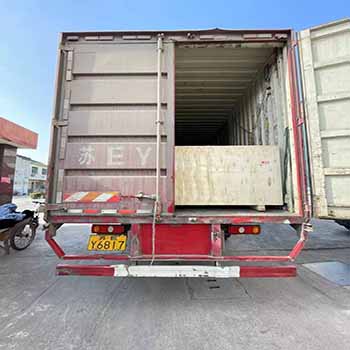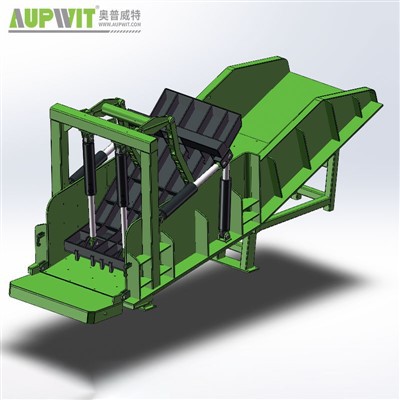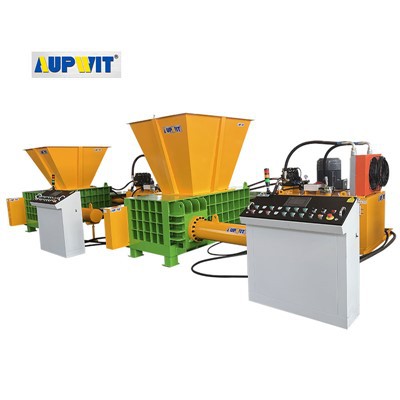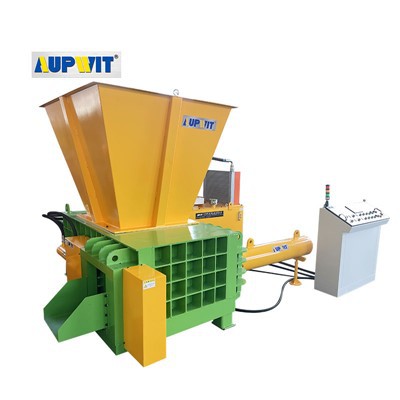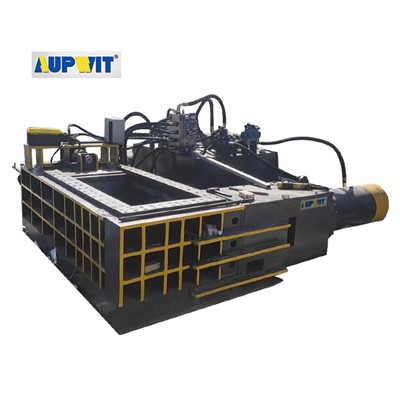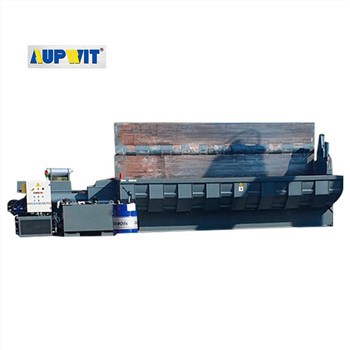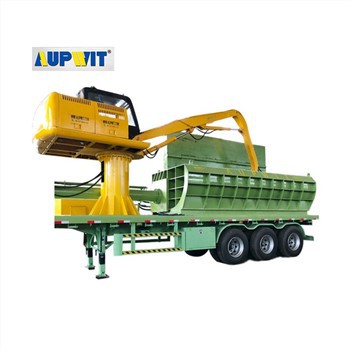1. Shearing capacity
Shearing capacity is the primary consideration, including the type, thickness and width of the metal that can be sheared. Different metal materials, such as carbon steel, stainless steel, aluminum alloy, etc., have different hardness and toughness, and need to match the corresponding shearing force equipment. For thick plate processing, choose a model with a strong enough shearing force to ensure smooth operation.
2. Shearing accuracy
Accuracy determines the quality of the processed product. If the dimensional accuracy of metal products is strict, such as the production of electronic equipment parts, it is necessary to use equipment with high shearing accuracy. Mechanically driven Metal Shear may have a slightly lower accuracy, while equipment using advanced CNC systems can achieve more accurate shearing, and the deviation can be controlled within a very small range.
3. Automation level
The level of automation affects processing efficiency and labor costs. In large-scale production scenarios, automated Metal Shear has significant advantages. It can automatically feed, position and shear, reduce manual intervention, not only greatly improve production speed, but also reduce errors caused by manual operation. Equipment with automated sorting function can further improve the consistency of the production process.
4. Equipment reliability and maintenance
Reliable equipment can reduce downtime and ensure production continuity. Choose a well-known brand and high-quality Metal Shear, whose parts are durable and overall stable. At the same time, consider the convenience of equipment maintenance, such as easy access to parts and simple maintenance operations, which can reduce maintenance costs and time costs.
5. Budget considerations
Budget constraints cannot be ignored. Equipment prices vary depending on brand, performance, and function. Costs must be weighed on the premise of meeting processing needs. You cannot choose equipment with insufficient performance just because of its low price, nor do you need to pursue high-end configurations excessively and exceed the budget. Comprehensively evaluate the cost-effectiveness of the equipment, including the initial purchase cost and long-term use cost.
